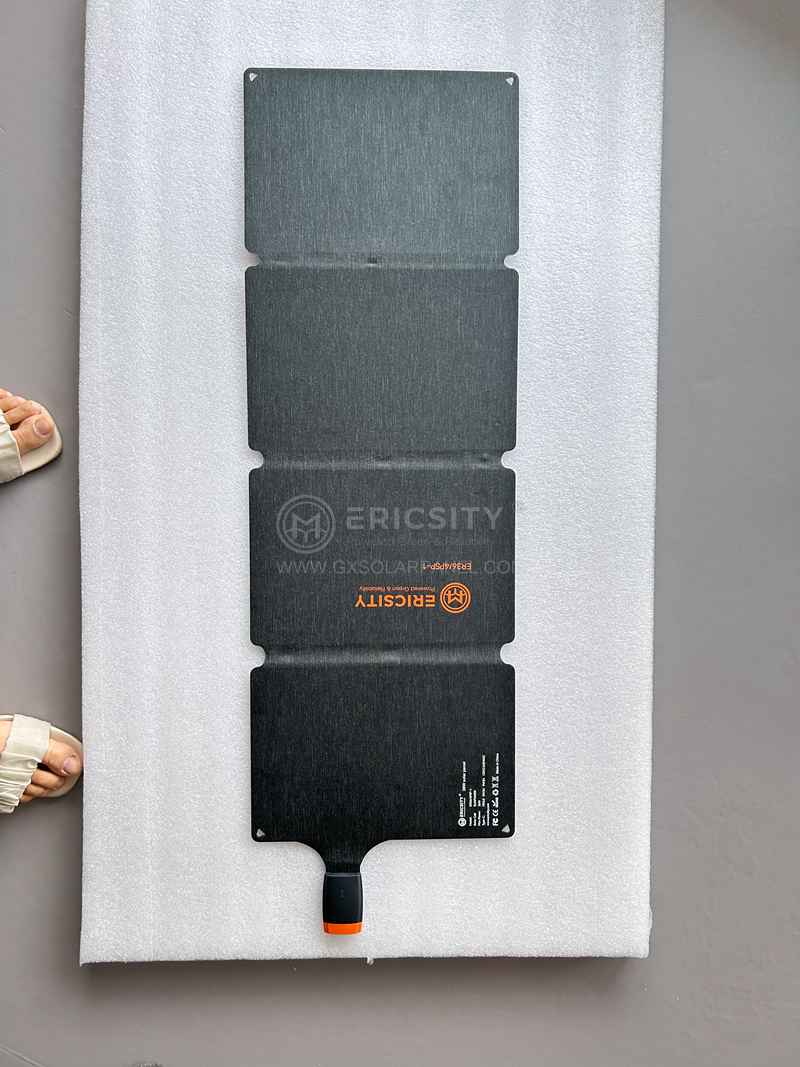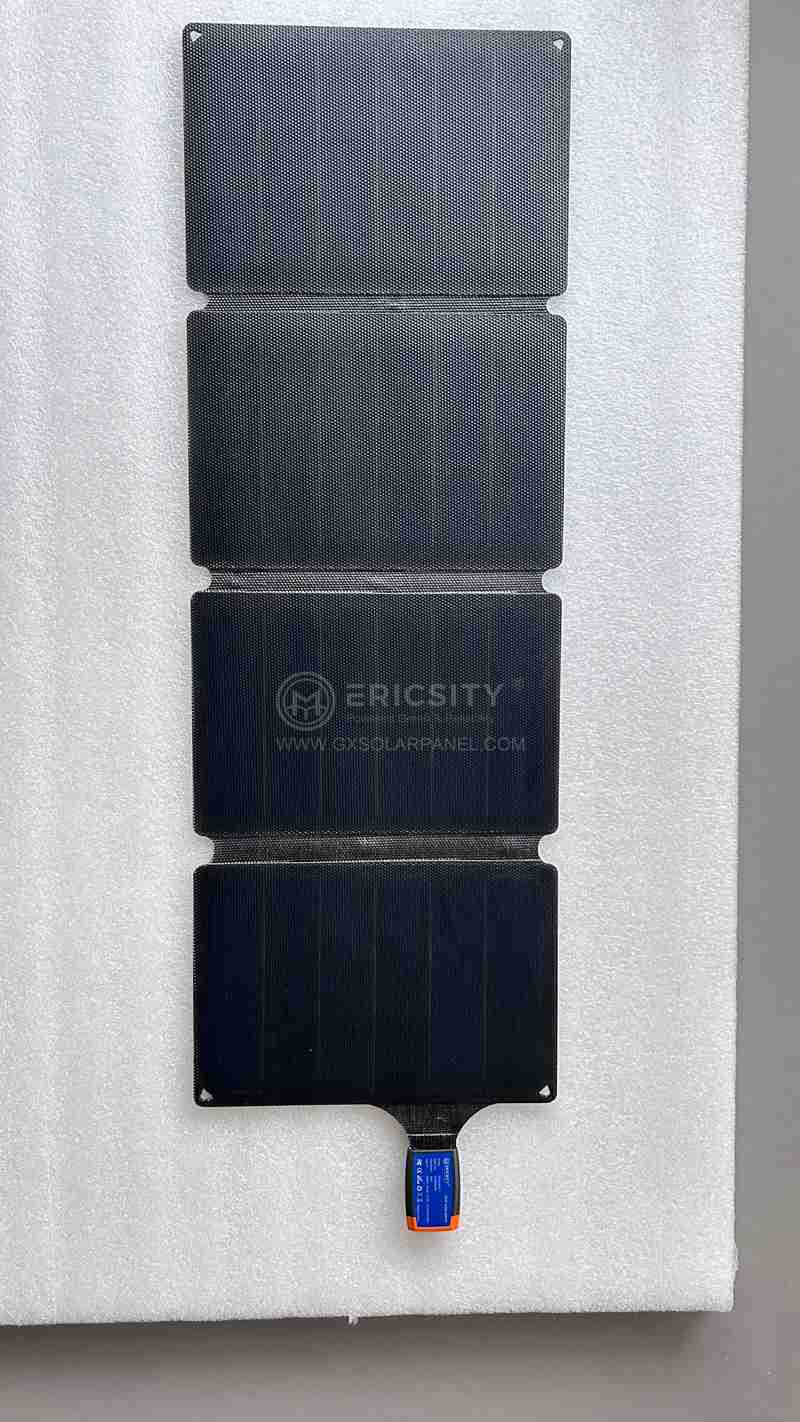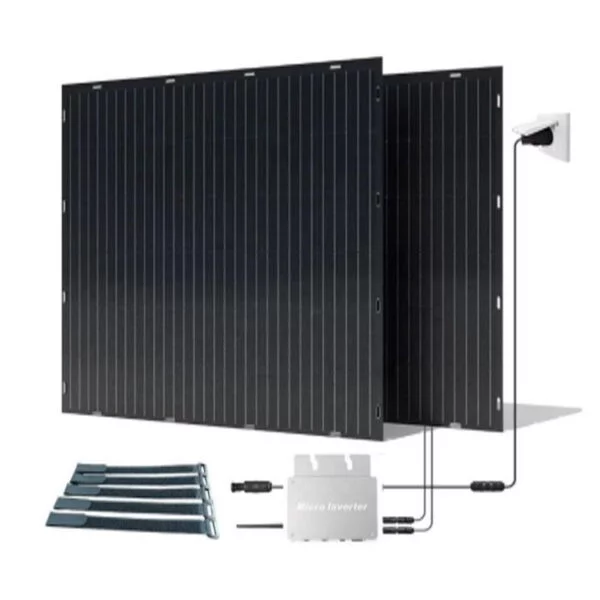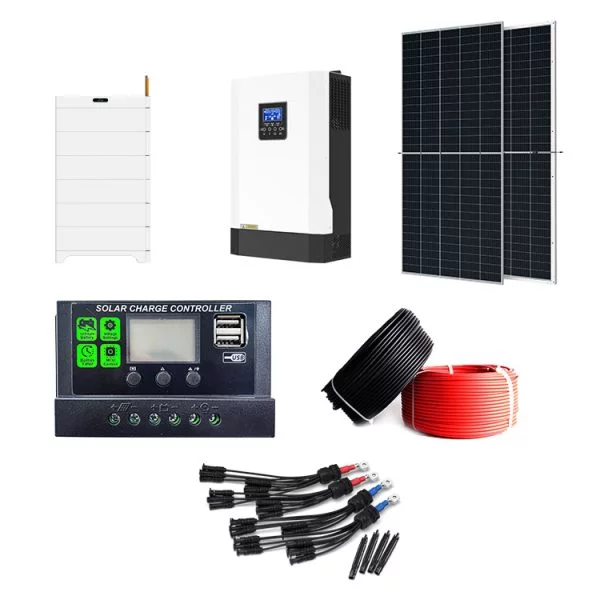HOT PRODUCT
Product Details
semi-flexible Solar Panels: A Clean Energy Trend
Title: Semi-Flexible Solar Panels: A Clean Energy Trend
Introduction:
As the world searches for alternative and efficient sources of clean energy, solar power has established itself as a frontrunner in the renewable energy market. With advancements in technology, a new trend has emerged in the solar industry – semi-flexible solar panels. These panels offer unique benefits over traditional rigid solar panels, making them an attractive option for various applications. In this article, we will explore the advantages and potential applications of semi-flexible solar panels in the clean energy landscape.
1. Understanding Semi-Flexible Solar Panels:

Semi-flexible solar panels, also known as flexible thin-film solar panels, are designed to be lightweight, bendable, and even rollable to a certain degree. Unlike conventional solar panels, which are made from rigid crystalline silicon, these panels are composed of thin, optically-active semiconductor layers. The thin-film technology allows for increased flexibility without sacrificing efficiency.

2. Advantages of Semi-Flexible Solar Panels:
2.1 Flexibility and Versatility:
One of the key advantages of semi-flexible solar panels is their ability to conform to curved or irregular surfaces. This flexibility makes them ideal for applications where rigid solar panels are impractical or impossible to install. From curves on rooftops to boat decks or even portable solar chargers, the versatility of semi-flexible panels opens up limitless possibilities for integrating solar energy into various settings.
2.2 Lightweight and Portable:

With reduced weight and thickness compared to traditional panels, semi-flexible solar panels are highly portable. Their lightweight nature makes installation and transportation a breeze. Furthermore, these panels do not require heavy mounting structures, making them particularly suitable for mobile and off-grid applications such as recreational vehicles, yachts, and camping setups.
2.3 Durability and Impacts on Aesthetics:
Unlike rigid panels that can crack or break when bent, semi-flexible panels are designed to withstand mechanical stress and environmental conditions. They are made from durable materials that can handle vibrations and impacts. Moreover, their slim design blends more seamlessly with different surfaces, making them visually appealing and discreet when integrated into structures like buildings or vehicles.
3. Potential Applications of Semi-Flexible Solar Panels:
3.1 Building-Integrated Photovoltaics (BIPV):

Semi-flexible solar panels offer excellent potential for BIPV applications. These panels can be seamlessly integrated into building facades, roofs, and canopies, enhancing the aesthetic appeal of structures while harnessing solar energy. The ability to conform to curved surfaces opens up new design possibilities for architects and urban planners.
3.2 Transportation:
The lightweight and flexible nature of semi-flexible solar panels make them a perfect fit for the transportation sector. Incorporating these panels into the surface of electric vehicles, boats, and aircraft can generate additional power and extend the range of these vehicles. Moreover, semi-flexible panels can contribute to the development of solar-powered charging stations for electric vehicles.
3.3 Portable and Off-grid Solutions:
For outdoor enthusiasts, semi-flexible solar panels provide a practical solution to charge electronic devices such as smartphones, tablets, and portable power banks. Their flexibility enables easy integration into backpacks, tents, or camping gear, allowing adventurers to harness clean energy wherever they go.
Conclusion:
Semi-flexible solar panels offer a promising future for clean energy adoption. With their flexible and lightweight characteristics, these panels can be integrated into a wide range of applications, from architecture to transportation and portable solutions. As technology continues to advance, the efficiency and cost-effectiveness of semi-flexible solar panels are expected to increase, further boosting their popularity and contribution to a sustainable future powered by clean energy.




